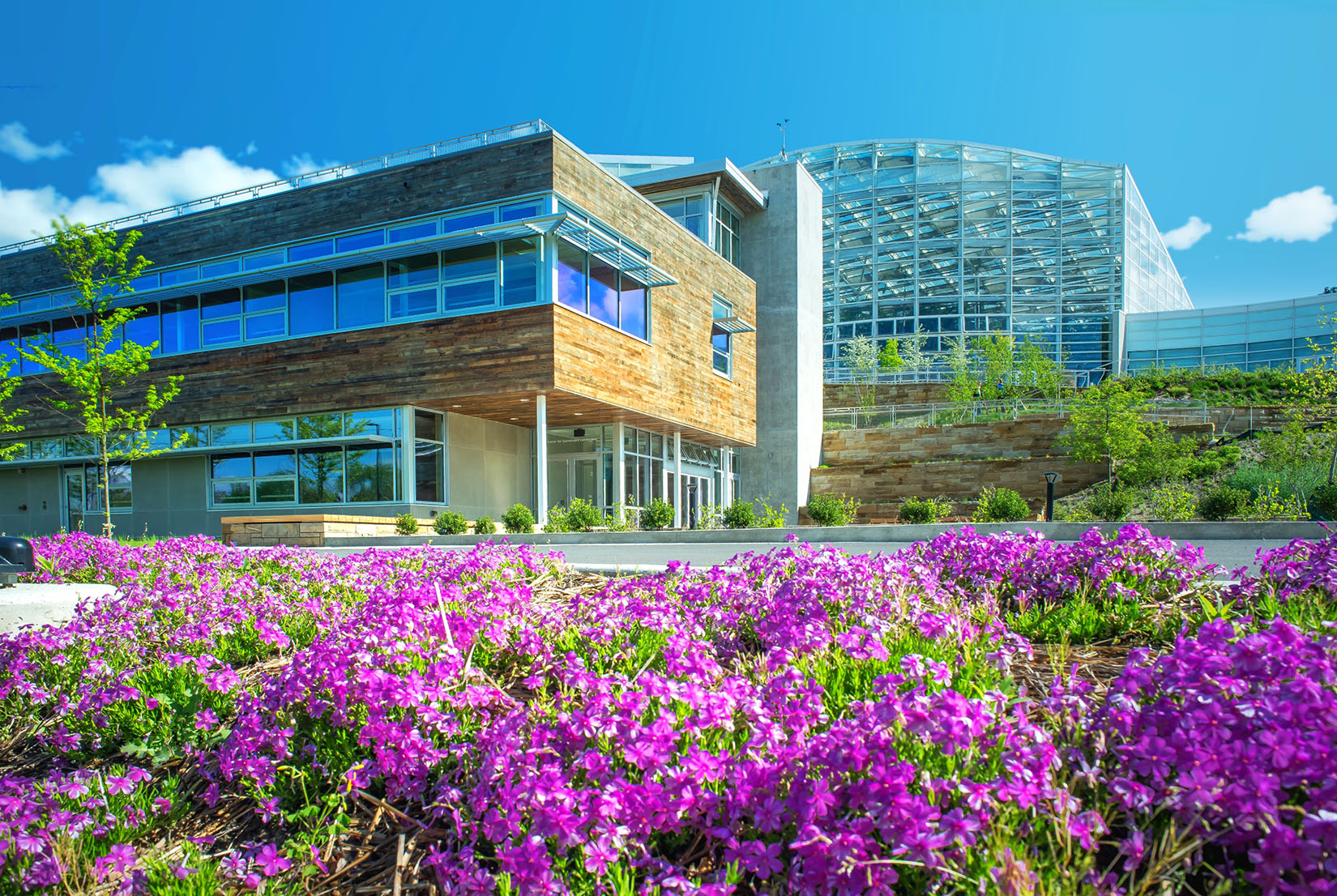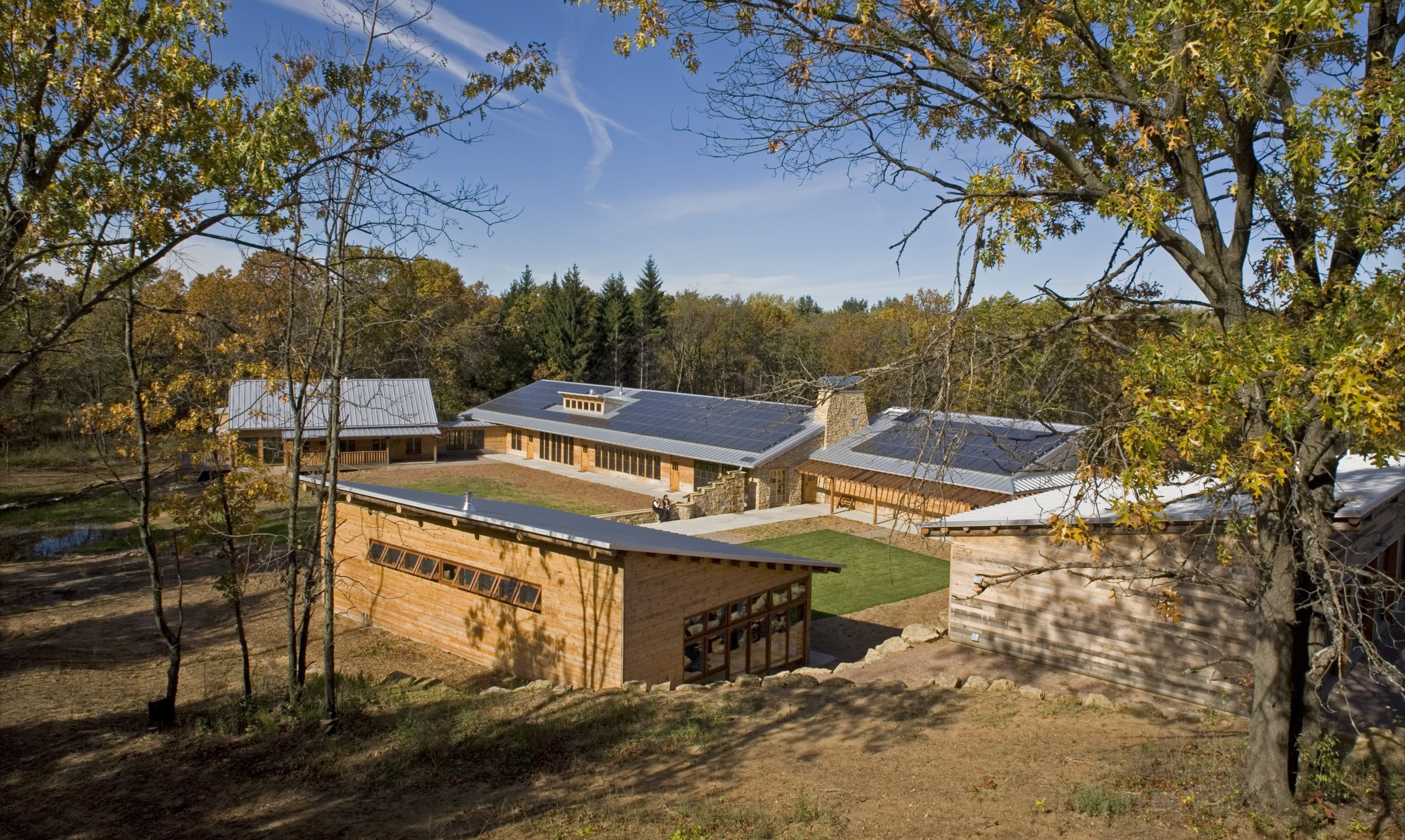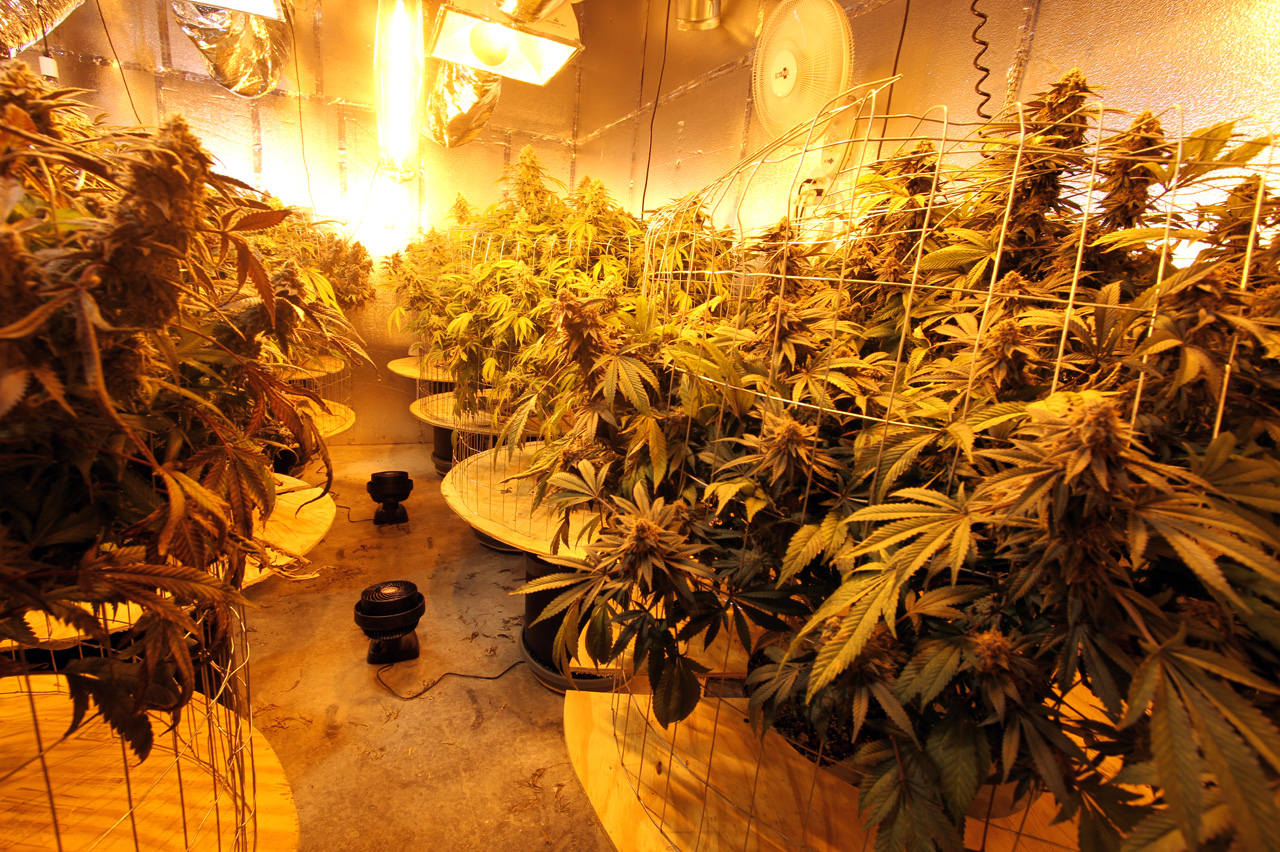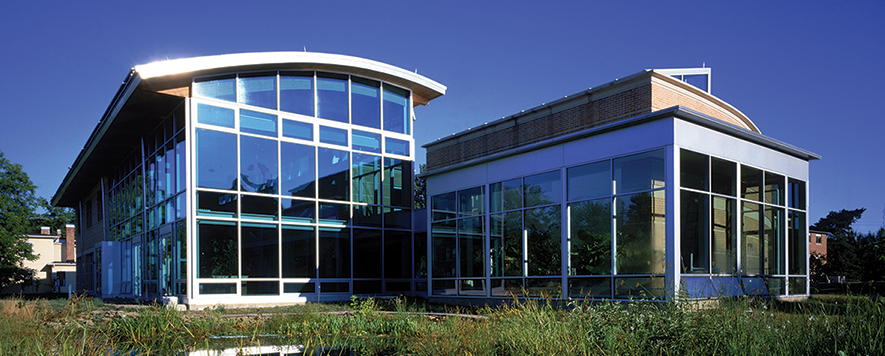Author: Alexi Miller

Hot off the Presses: New Grid-Interactive Buildings for Decarbonization Guide
Post / November 2, 2023
To succeed in decarbonizing our energy systems, we will be relying much more on variable renewable resources like wind and solar energy—but we’ll need to do more than install more clean generation resources. We’ll also need to get better at...

2022 is the year of the electricity grid; new GridOptimal resources can help
Post / February 8, 2022
With the passing of the Infrastructure Investment and Jobs Act, 2022 will be a big year for energy efficiency, building codes and grid modernization. As we make gains in energy efficiency, and continue to add more intermittent renewables to our...

New GridOptimal LEED pilot credit encourages designers to help solve grid issues
Post / March 31, 2021
In 2019, renewable energy provided more energy in the U.S. than coal. The last time this happened, in 1885, the Edison Electric Company had been running the first American central power plant for all of three years and was serving...

GridOptimal Metrics Offer Guidance on Optimizing Building-Grid Interaction
Post / May 18, 2020
Measurement and metrics are at the core of nearly all business activity today. Those in the buildings and energy efficiency field are accustomed to some standard metrics: Energy Use Intensity (EUI), percent better than code, cost per square foot, and...

Public Buildings Portfolio Management Helps Cities Get on Track to Meet Climate Goals
Post / September 16, 2019
Hundreds of cities across the country have set bold, aggressive energy and climate goals. Yet most of these communities are not on track to meet their goals, according to the latest City Clean Energy Scorecard, released in July by American...

Local Governments Can Lead by Example in Climate Action, Starting with the Buildings They Own
Post / February 27, 2019
For communities across the United States that are committed to implementing policies and practices that advance the goals of the Paris Climate Agreement, buildings represent a golden opportunity to lead by example. Overall, about 20% of the nation’s building floorspace...
Aiming for Zero Energy in Existing Buildings
Post / October 10, 2018 / Existing Buildings, Operations & Maintenance
This blog was originally published as an article in Facility Executive on October 9, 2018. As the extreme weather impacts of a changing climate become more urgent, cities and states are racing to put in place strategies that will reduce...
Cities Get Help to Prioritize Energy Upgrades, Improve Codes and Policies that Drive Better Building Performance
Post / April 21, 2017 / Benchmarking & Feedback, Existing Buildings
Buildings are responsible for almost half of all U.S. energy consumption (46%), and poor-performing buildings have an outsized impact on energy use. But without a systematic approach to track building performance, it’s often difficult to know where to start. By setting...

The Budding Energy Footprint of Indoor Agriculture
Post / April 7, 2017
Indoor agriculture energy usage is projected to grow substantially over the next several years, driven in large part (but not entirely) by the legalization of medical and recreational cannabis. Seven U.S. states and the District of Columbia have legalized recreational...
2016 List of Zero Net Energy Buildings
Post / October 24, 2016
We recently returned from hosting the third Getting to Zero National Forum in Denver, Colorado. It was an inspirational and educational extravaganza, with over 300 leading minds from a wide variety of fields sharing their best ideas and expertise around Zero Net...

Help NBI Tell Your Story
Post / July 14, 2016
Ever since the first commercial Zero Net Energy (ZNE) building in North America (the Lewis Center at Oberlin University) came online more than 15 years ago, sharing successes and lessons learned has been a key piece in bringing ZNE to...
Zero Net Energy Buildings and the Grid
Post / February 22, 2016 / Metering, Zero Net Energy (ZNE)
As zero net energy (ZNE) and other low-energy buildings become increasingly common, we have to think about how different ZNE strategies can interact with their local electricity grids. The electricity grid was built as a one-way street, with energy flowing...
New buildings database offers important lessons on achieving low-energy buildings
Post / December 9, 2014
There is no better teacher than experience and now NBI has over 280 experiences to share through its new Getting to Zero Buildings Database. The database officially released today offers a dynamic way to find in-depth case studies about high...
